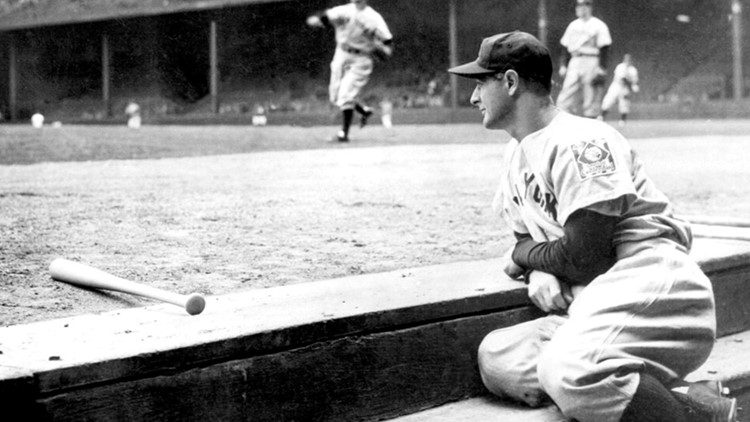BOISE, Idaho — THIS DAY IN SPORTS…June 2, 1925:
When New York Yankees first baseman Wally Pipp is unable to take the field, manager Miller Huggins turns to 21-year-old Lou Gehrig, a highly-touted phenom who, nevertheless, seldom got a chance to play (he was even left off the Yankees’ 1923 World Series roster). Gehrig replaced Pipp in the starting lineup and helped the Yanks beat the Washington Senators 8-5, going 3-for-5 at the plate. Gehrig had appeared in just 12 games to that point—and 34 overall in two-plus seasons.
But, of course, he would not miss another game until 1939—playing in 2,130 consecutive contests, an iron man streak that was once thought to be unbreakable. It would stand for more than 56 years until it was eclipsed by Cal Ripken Jr. in 1995. Ripken ended up playing in 2,632 straight games for the Baltimore Orioles from 1982 to 1998. Now that record is indeed unbreakable.
Gehrig’s durability earned him the nickname “The Iron Horse,” and that was in 1931 when his streak still had almost eight years to go. Then on May 2, 1939, he pulled himself from the Yankees lineup, as an undiagnosed ailment had him in a season-long slump. The disease was later identified as ALS, to become known as “Lou Gehrig’s Disease.” He never played another game. Gehrig was elected to the Baseball Hall of Fame later that year, and he was the first player to have his number (No. 4) retired by a Major League team.
In one of the most dramatically-charged moments in sports history, a weakened and emotional Gehrig said thank you on his Appreciation Day at Yankee Stadium on July 4, 1939. With a packed house looking on and his 1927 and 1939 teammates around him, the “Iron Horse”, dying from ALS, speaks to the ages: “For the past two weeks you have been reading about the bad break I got. Yet today, I consider myself the luckiest man on the face of the earth.” Gehrig died less than two years later at the age of 37. In fact, it was on this day in 1941.
(Tom Scott hosts the Scott Slant segment during the football season on KTVB’s Sunday Sports Extra. He also anchors four sports segments each weekday on 95.3 FM KTIK and one on News/Talk KBOI. His Scott Slant column runs every Wednesday.)
Watch more Sports:
See all of our sports coverage in our YouTube playlist:



